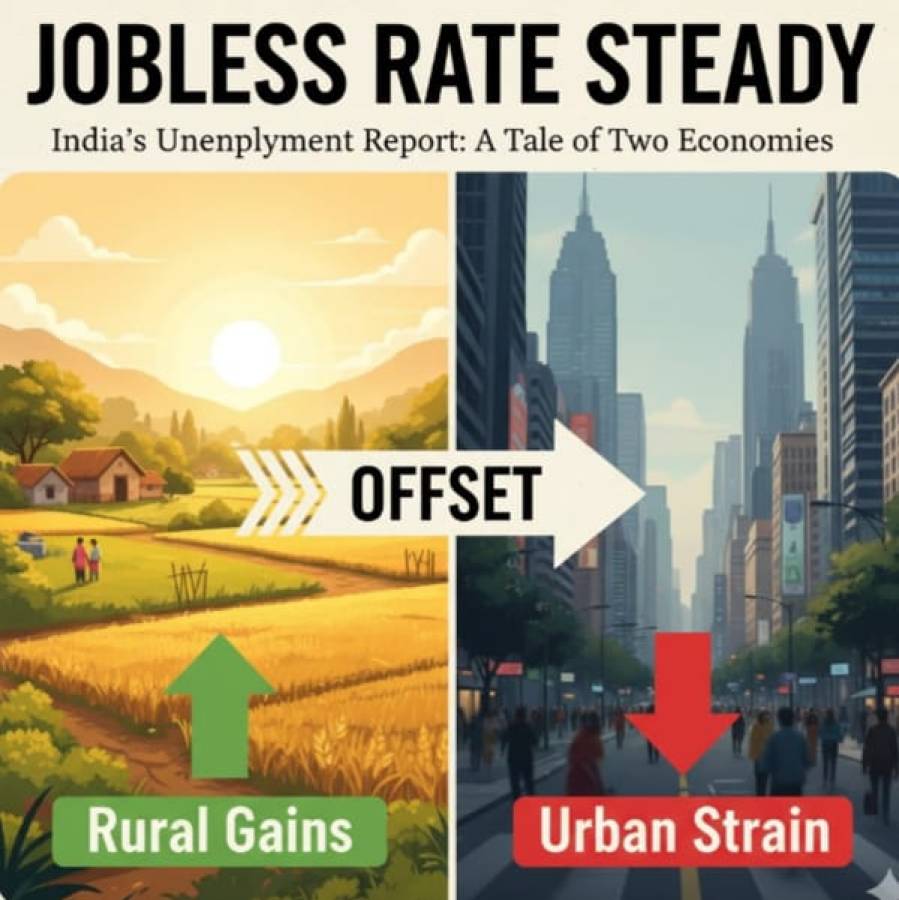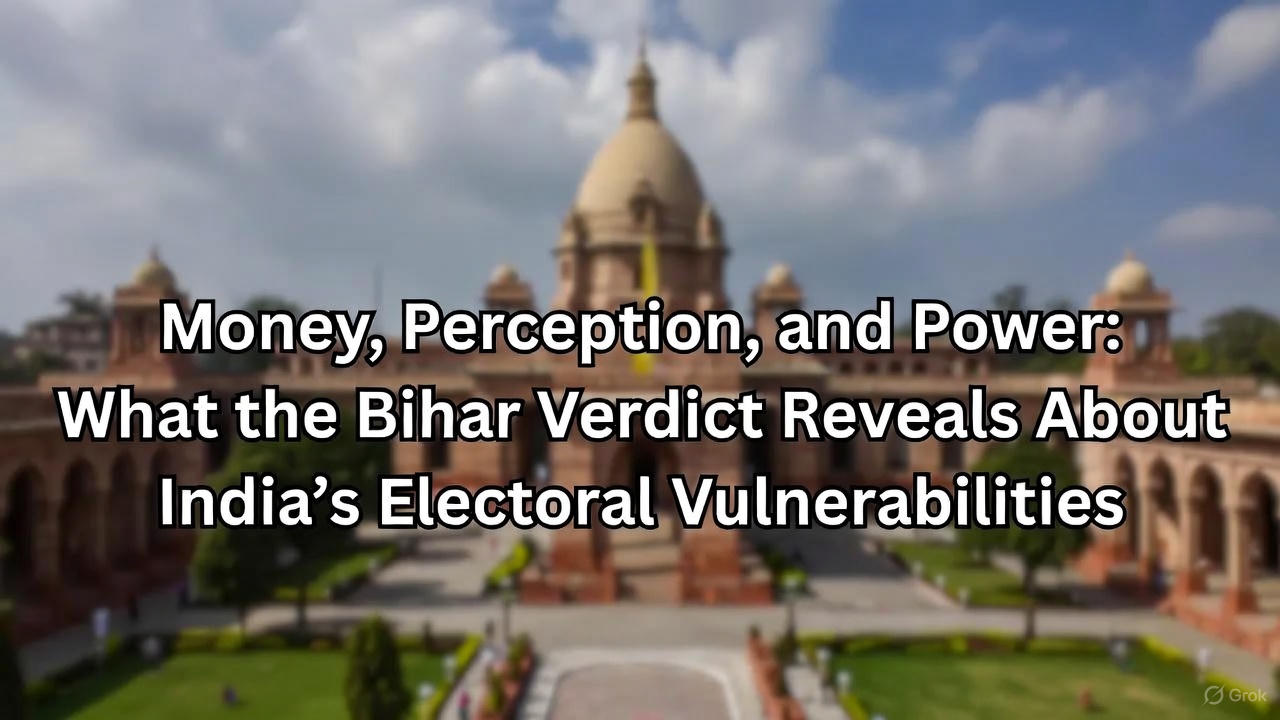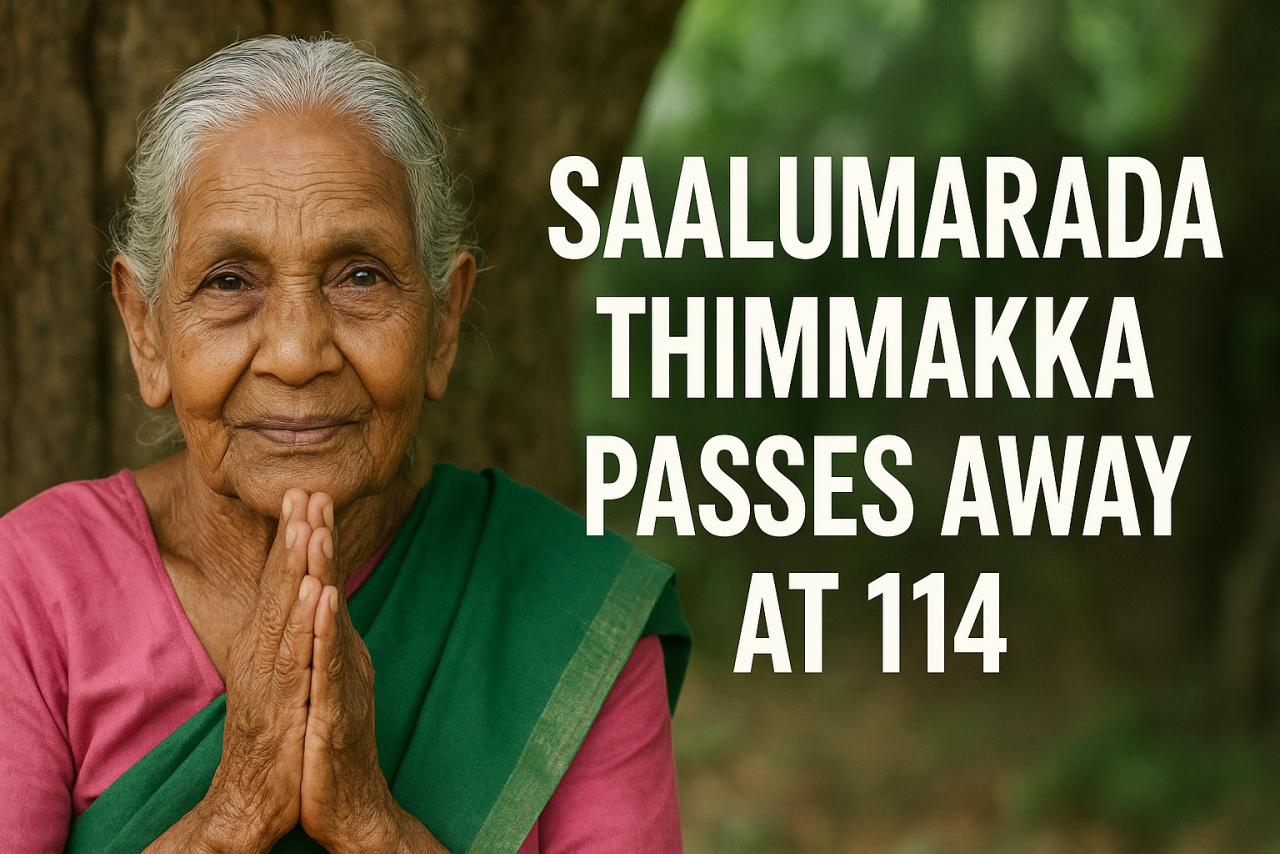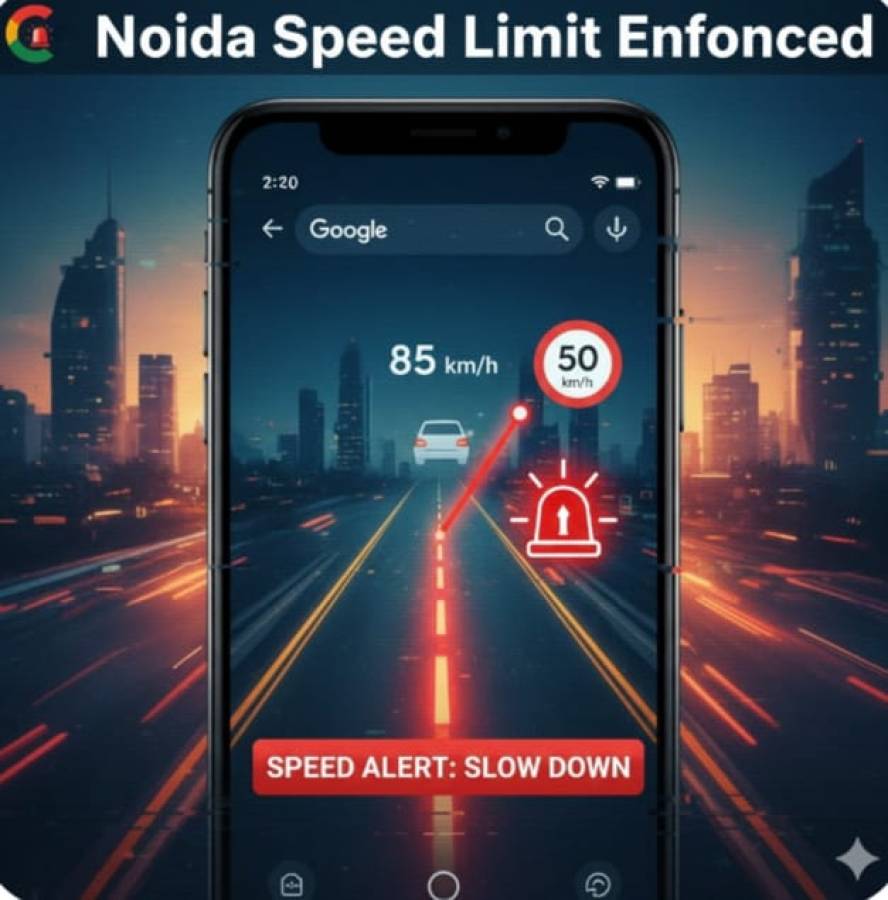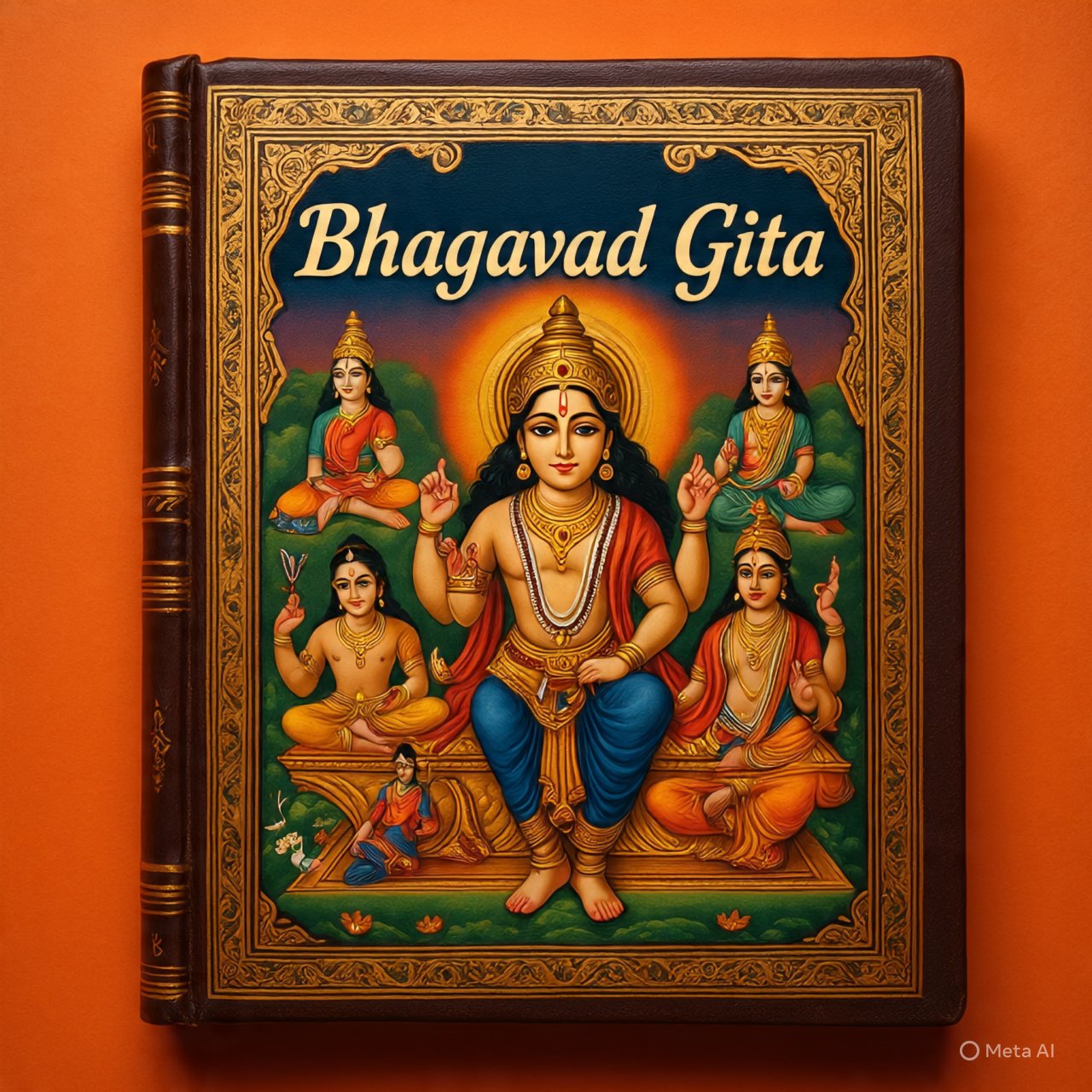
Amidst the smoldering wreckage of the tragic Air India crash near Ahmedabad, one object lay untouched by flames or fate: a copy of the Bhagavad Gita. While passengers mourned and investigations intensified, this singular image went viral on Twitter, triggering a wave of awe, reverence, and reflection across the internet. How, many asked, could a book survive a crash that consumed metal and machinery? But perhaps the real question isn’t how, but why.
This uncanny survival has reminded millions why the Bhagavad Gita isn’t just a religious scripture. It is, in many ways, the manual for navigating human life, uncertainty, and suffering.
A 700-Verse Lifeboat for the Human Mind
Penned over two millennia ago, the Bhagavad Gita is a dialogue between the warrior prince Arjuna and Lord Krishna on the battlefield of Kurukshetra. But this is no ordinary war and no ordinary conversation. It is a spiritual intervention, with Arjuna standing in for every human lost in doubt, and Krishna as the voice of eternal wisdom.
In a world spinning with chaos—wars, layoffs, mental health crises, climate collapse—the questions Arjuna asks are not archaic. They are heartbreakingly relevant: Why should I fight? What is my duty? What is the purpose of all this pain?
The Gita answers not with blind faith but with clarity, logic, and timeless philosophy. It tells you how to live, how to act without attachment, how to find purpose even in adversity, and how to stand firm when everything around you collapses. Much like that Gita amid the crash debris.
Not a Religious Book but a Life Book
Let’s get this straight. You don’t have to be Hindu to read the Gita. Think of it like Stoicism, Zen, or even self-help, but without the gimmicks. It speaks of detachment, karma, discipline, mindfulness, and clarity—ideas echoed in every wellness book today.
Steve Jobs read it. Robert Oppenheimer quoted it. Carl Jung admired it. The Gita isn’t about converting your soul. It’s about confronting it.
For students burdened with exam pressure, professionals paralyzed by decision fatigue, or parents overwhelmed by responsibility, the Gita provides tools, not dogma. When Krishna says, "You have the right to work, but not to the fruits of your work," he dismantles toxic hustle culture centuries before it was a hashtag.
The Symbolism of Survival
In the Air India crash, many saw the unburnt Gita as divine intervention. But more than a miracle, it became a metaphor. When all systems fail, truth remains. In a world full of information overload, algorithmic noise, and shallow reels, the Gita stands calm and untouched, like its pages.
Twitter trends are usually fickle. But when #BhagavadGita began to trend following the crash, it wasn’t just nostalgia or nationalism. It was a collective moment of reckoning. People longed for something deeper, something that wouldn’t vanish with the next headline.
One Reading Can Change You
You don’t need to chant it. You don’t need to finish it in Sanskrit. Even a single chapter can be life-altering. Read Chapter 2 for a masterclass on equanimity. Or Chapter 12 for lessons on how to love without attachment. There’s no preaching, just poetic psychology.
Start with a good translation. Eknath Easwaran or Swami Prabhupada are popular. Keep a highlighter handy. You’ll find that the Gita doesn’t answer your questions. It sharpens them. It doesn’t solve your life. It illuminates it.
Because Life is a Battlefield Too
Every person is Arjuna at some point, torn between right and easy, frozen in doubt. And every life has its Kurukshetra—moments when silence is louder than choice.
The Bhagavad Gita doesn’t promise that everything will be fine. It promises that you can be fine, regardless of what life throws at you. That’s why it deserves one read in every lifetime.
So, whether you're religious or rational, spiritual or skeptical—pick it up. Not because a plane crash made it trend. But because someday, your soul will stand confused on its own battlefield. And you’ll be grateful that a voice like Krishna’s is in your corner.




